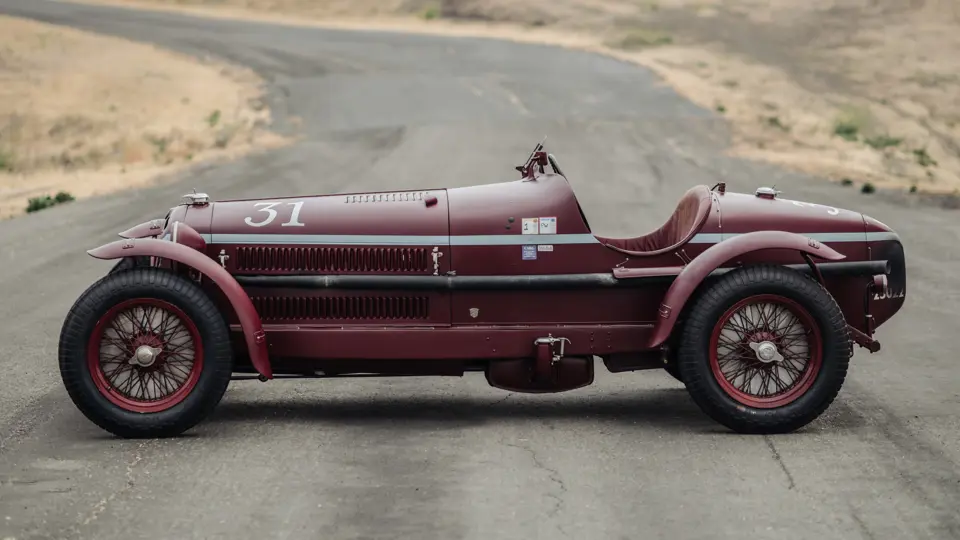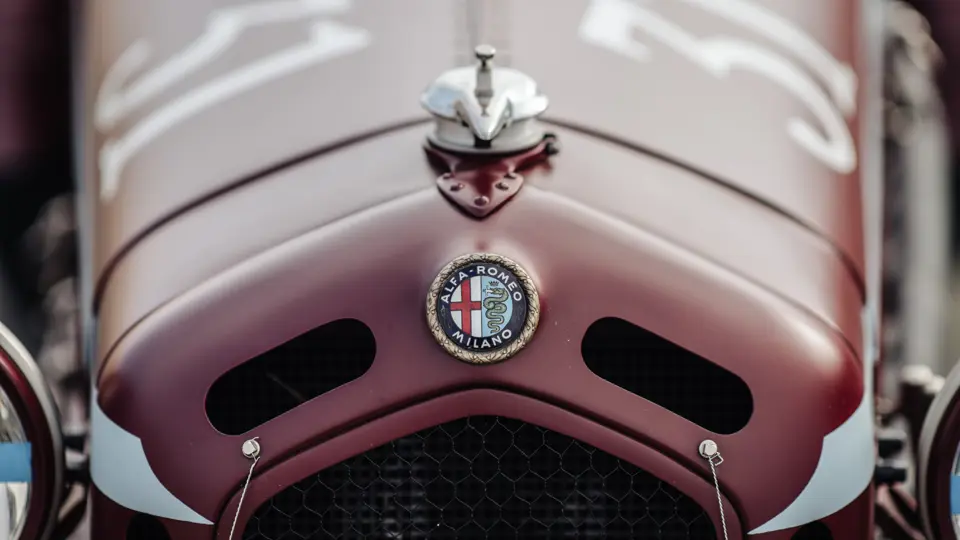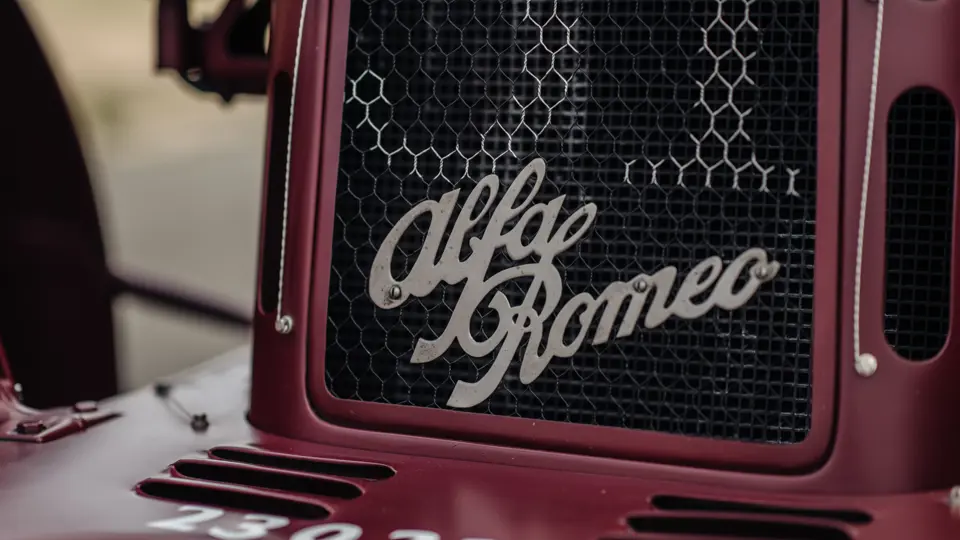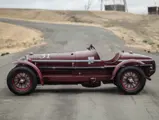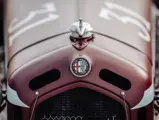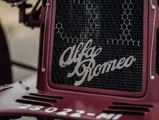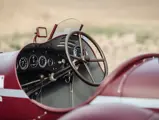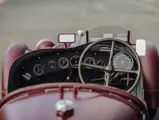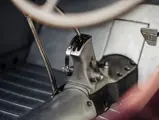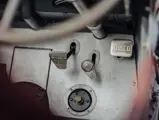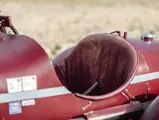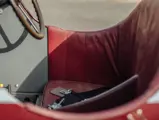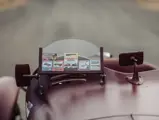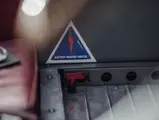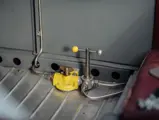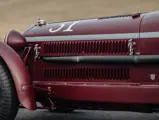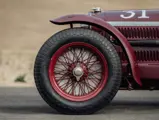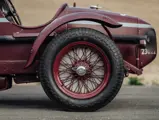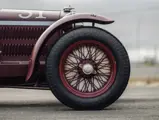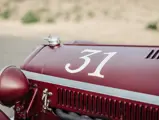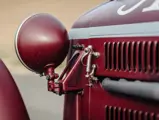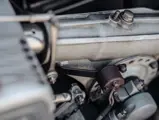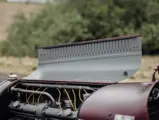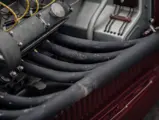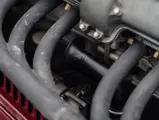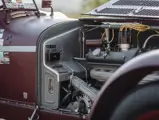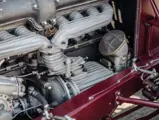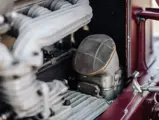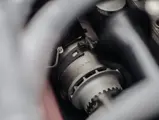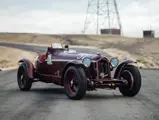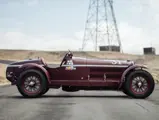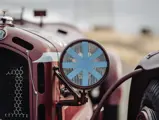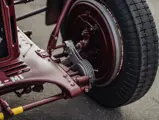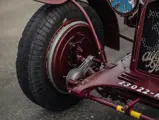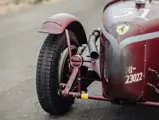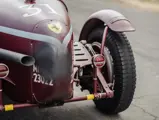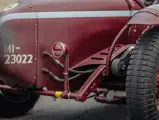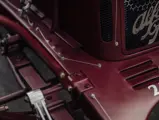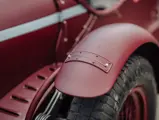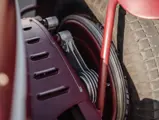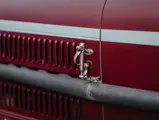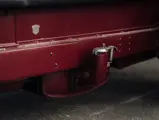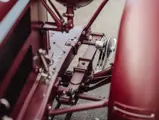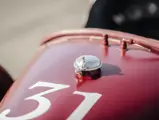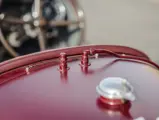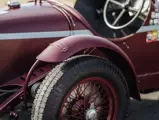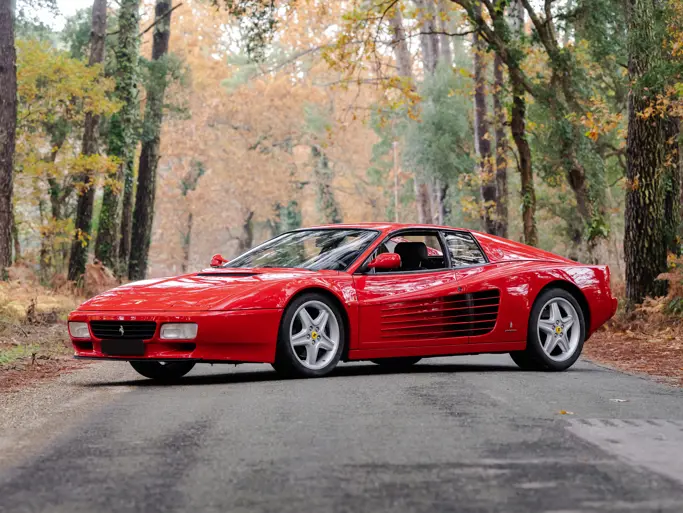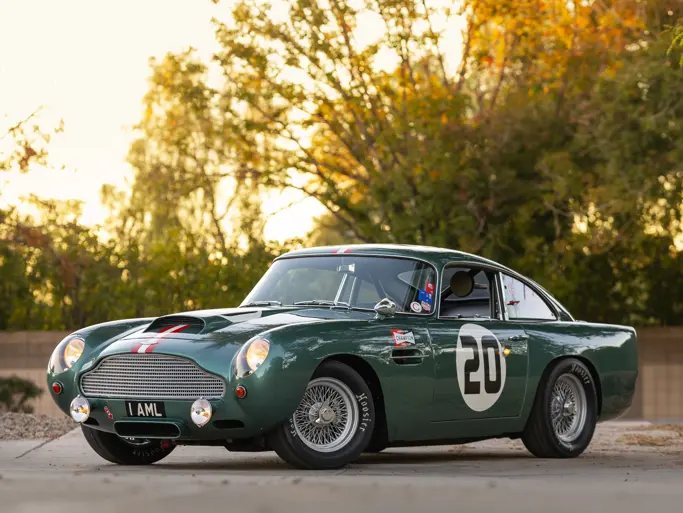
1932 Alfa Romeo 8C 2300 Monza
{{lr.item.text}}
$1,160,000 USD | Sold
The Peter Giddings Collection
{{bidding.lot.reserveStatusFormatted}}
- Offered from the Peter Giddings Collection
- Early 1st series short-chassis 8C, originally fitted with spider body by Carrozzeria Touring
- Overall winner of the 1932 Mille Miglia
- Contemporary history concluded when the car was destroyed in Grand Prix des Frontieres at Chimay, 1937
- Rebuilt by Alfa Romeo collector Aldo Cesaro and driven in the 1989 Mille Miglia
- Subsequently updated with Jim Stokes engine by Auto Restorations of Christchurch, New Zealand
- Successful and competitive vintage race entrant eligible for Monterey Reunion, Goodwood Revival, and Le Mans Classic, amongst others
ALFA ROMEO 8C
Seldom has there been a more convincing claimant to the title of the complete car than Vittorio Jano’s masterpiece, the Alfa Romeo 8C. Victorious in Grands Prix, at Le Mans four years in succession, and in no less than seven editions of the Mille Miglia, its competition credentials are beyond reproach. Yet its racing exploits only tell part of the 8C story. The chassis, available in both long chassis Lungo and short chassis Corto form, underpinned some of the finest and most elegant touring cars of its day, featuring timeless coachwork from contemporary Carrozzerie including Zagato, Touring, Castagna, and Brianza.
This said, it is in its fabled Monza form that the 8C is perhaps most revered. As early as 1931, Alfa Romeo prepared a stripped down, short-wheelbase version of their 8C 2300 chassis—complete with tapered racing tail and full-length side exhaust—to be driven by Nuvolari and Campari in their home Grand Prix. Its dominant victory in Alfa Romeo’s back yard would lead to the sobriquet by which any such ultimate-specification variants would be known thereafter.
CHASSIS NUMBER 2111037
According to leading 8C authority Simon Moore in his seminal tome The Legendary 2.3, chassis 2111037 was one of four short-chassis Touring-bodied 8C 2300 spiders registered by the factory on 2 April 1932 ahead of that year’s Mille Miglia. The factory entered three Touring spiders for the event itself to be driven by Nuvolari, Borzacchini, and Campari – with a fourth car, driven by Caracciola, also the recipient of Works assistance. Ferrari supplemented the already robust Alfa challenge with a further five 8C Zagato-bodied spiders, with another five 6C chassis entered as backup.
The race itself turned out to be a rout for Alfa Romeo, with Borzacchini’s Works spider winning from Trossi’s similar Scuderia Ferrari car and Alfas filling some eleven of the top twelve finishing positions. For many years the specific identification of the three factory 8C Touring spiders was a subject of some mystery and conjecture. However, the archivist at the Museo Mille Miglia in Brescia has recently confirmed to Simon Moore that the winning car driven by Borzacchini was in fact the Works-entered chassis number 2111037. Such a glorious initial chapter in its history notwithstanding, it was to be short lived for both driver and car. The fearless Italian Baconin Borzacchini would tragically lose his life the following year in the Italian Grand Prix at Monza. Chassis 2111037 would go on to further competition success in private hands, until its own competition career would be cut short some five years after its remarkable triumph at the Mille Miglia.
It was in May 1932, just after its Mille Miglia victory, that 2111037 was sold to its first private owner, Raffaele Cecchini of Rome, who re-registered the car from its factory-designated licence number of MI 23022 to the local registration Roma 30938. Cecchini kept the car only very briefly, selling the Alfa Romeo to fellow Roman Piero Parisi at the start of 1933, and it is with Parisi at the wheel, in October’s Coppa dei Dilletanti, that the earliest known contemporary photograph of the car in action in private hands was taken. Interestingly, the rather poor-quality image in question from a magazine shows that the original Touring-style windscreen has been removed from the car and replaced by a more conventional chrome-framed item, as fitted to Zagato-bodied cars. In addition, the car had lost its original grille to be replaced by a “Monza” slotted cowl.
During recent research for the Addendum volume for his book, Simon Moore also discovered a photograph of 2111037 in an evocative paddock setting at the 1934 Targa Vesuvio hillclimb. Run over a five-mile course from Pugliano to Eremo del Vesuvio, roughly 50 miles southeast of Naples, 2111037 was on this occasion apparently driven by sometime 6C 1750 exponent Andrea Berlingieri. Regrettably, only the top three finishing positions are known—of which Berlingieri was not one.
The car changed hands once again in October 1934—albeit remaining in Rome with its new owner Marcello Venturi—before being sold once more in August 1935 and heading back to Northern Italy into the custody of Luigi Zeloni of Como. Zeloni re-registered the car with the local licence number CO 10195, before selling it in March 1937 to Guido Barsotti of nearby Cernobbio, home to the famous Villa d’Este Hotel. Apparently 2111037’s new owner also had competitive aspirations, as Moore recently unearthed another fine image showing Barsotti on the start line for the 1937 Coppa della Vallasina hillclimb; the car still exhibiting its distinctive Zagato windscreen and Monza cowl.
However, just two weeks later, this car’s contemporary career ended abruptly. Barsotti entered the Grand Prix des Frontieres at the daunting Chimay road circuit in Belgium; his fellow competitors including the likes of Hans Ruesch’s Alfa Romeo 8C-35, a trio of Bugattis and a pair of Delahayes. In practice, Barsotti suffered a significant accident in which 2111037 was effectively destroyed; its unfortunate pilot—or perhaps fortunate, in view of the extent of the damage—spending several days in hospital as a result.
SUBSEQUENT HISTORY
Thereafter, the whereabouts of the crashed car remained a mystery for the next four or so decades. Reputedly, some remains of the car had found their way to Rome again by 1970, but it is not until 1977-78 that they were purchased by Italian Alfa Romeo restorer Aldo Cesaro, who set about recreating the car in Monza specification. Regrettably, no photographs exist of the items Cesaro claimed to have acquired, although subsequent images produced by him show what appears to be a Monza specification frame, an original-type Monza fuel tank, and an 8C engine of indeterminate origin as forming the basis of the project.
At the time, Cesaro also owned another 8C, the ex-Count Agusta, Brandone-bodied car, with engine 2211110, and enjoyed frequent access to the then-dismantled and highly original Monza 2311225 belonging to the Lausanne Technical College, being restored by Sandro Barbini. Both cars proved invaluable for reference and, in some cases, pattern purposes and, duly completed, Cesaro entered his Monza in the 1989 Mille Miglia Storica. It was kept by him for a further decade prior to its sale to a well-known Dutch collector, who in turn sold the car to a Spanish enthusiast in 2005. The late Peter Giddings acquired the car in December 2011.
A VINTAGE RACER, PAR EXCELLENCE
As a keen and accomplished vintage racer—not to mention an Alfa aficionado eager to learn more about his new acquisition’s genealogy—Mr. Giddings immediately entrusted 2111037 to Auto Restorations of Christchurch, New Zealand, for forensic analysis and a comprehensive restoration. Once dismantled and stripped of all paint, it was discovered that both chassis frame side rails exhibited a distinctive continuous weld along their length, suggesting that they had been modified and the depth of their “C-section” profile reduced. Furthermore, the frame was found to bear the number 2151103, although subsequent investigation identified this as a steering box number from a later car, which had at some point been erroneously stamped on the chassis. Metallurgical analysis performed on the chassis in 2021 showed that it exhibited characteristics of mild steel of a later type, as opposed to the type of steel known to have been used in original Alfa Romeo 8C 2.3 chassis, which exhibited noticeably higher levels of nickel and chromium. It is therefore thought that the chassis is a replacement that may date to the time of the car’s reconstruction.
In view of Mr. Giddings intention to race his Monza, a replacement Jim Stokes-manufactured engine was fitted, the car retaining this power unit today. Whilst the gearbox appears to also be a non-original replacement unit, other significant components such as the brakes, bulkhead, starter motor, and dynamo appear to be of the original type, although it is impossible to say with certainty whether these are original to chassis 2111037.
With restoration complete, Mr. Giddings returned the car to his Californian home, with 2111037 subsequently resuming its itinerant competition career at his local tracks of Laguna Seca and Sonoma, prior to his untimely passing in 2019. Now, as then, the 8C’s versatility remains undiminished, and it remains one of a select band of cars equally eligible for races at the Monterey Reunion, Goodwood Revival, Monaco Grand Prix Historique and Le Mans Classic. Blessed with an irresistible blend of a fascinating early history and proven front-running track record in Vintage racing, 2111037 is presented to Mr. Giddings’ customary high standards and represents a rare opportunity to acquire one of these magnificent cars as they, incredibly, approach their centenary in less than ten years’ time.
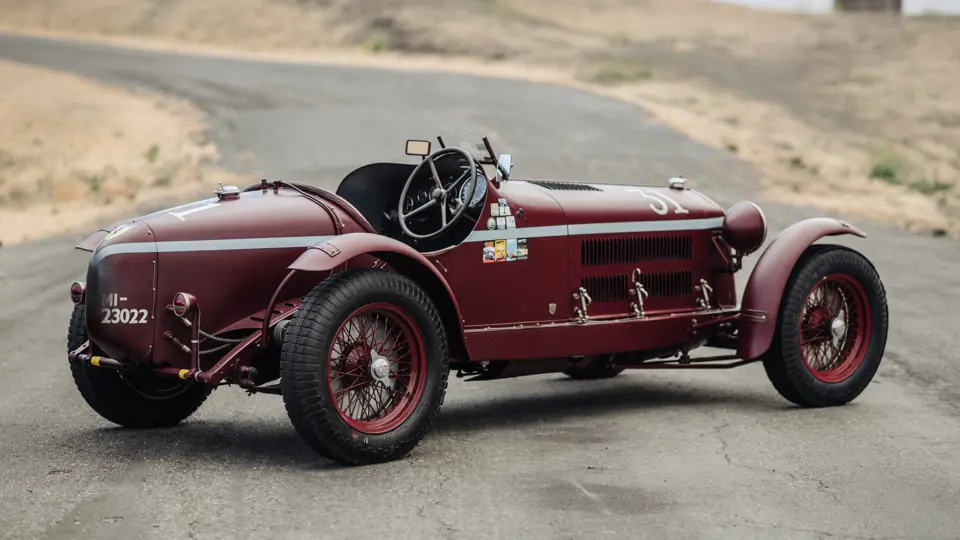

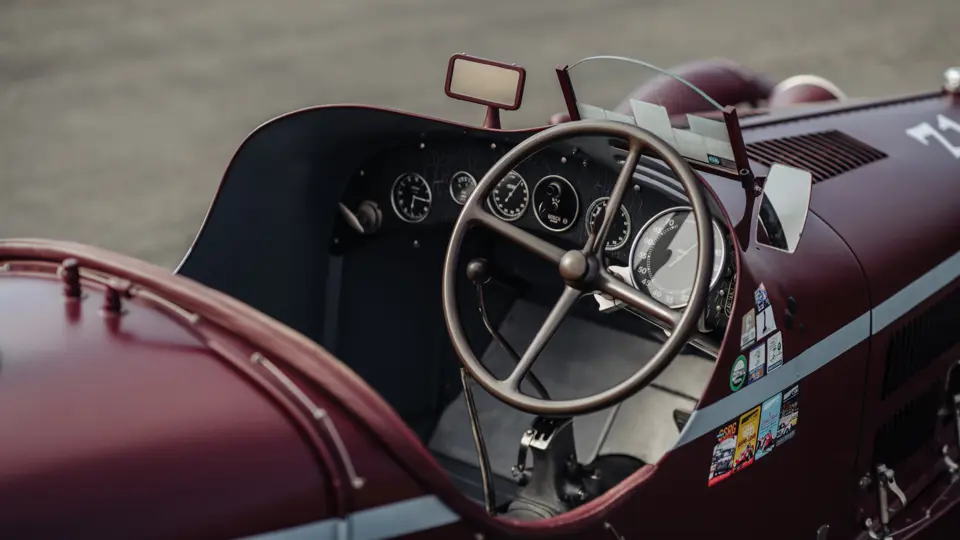

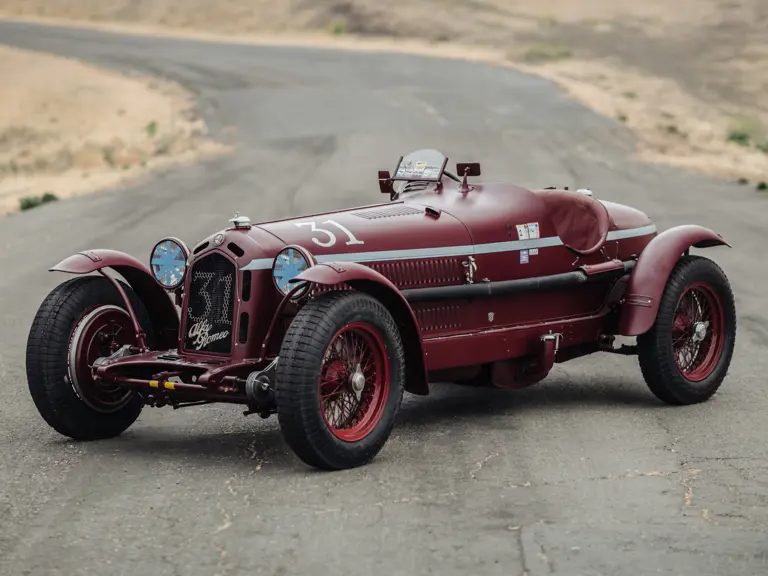
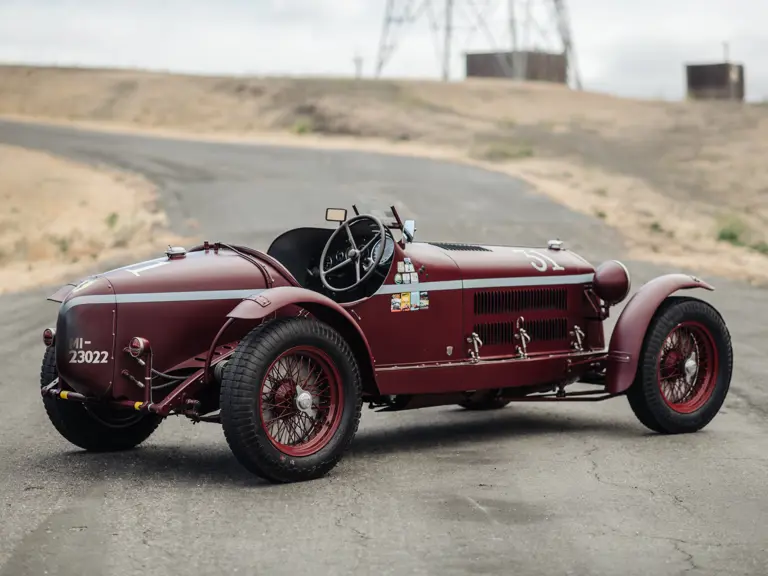


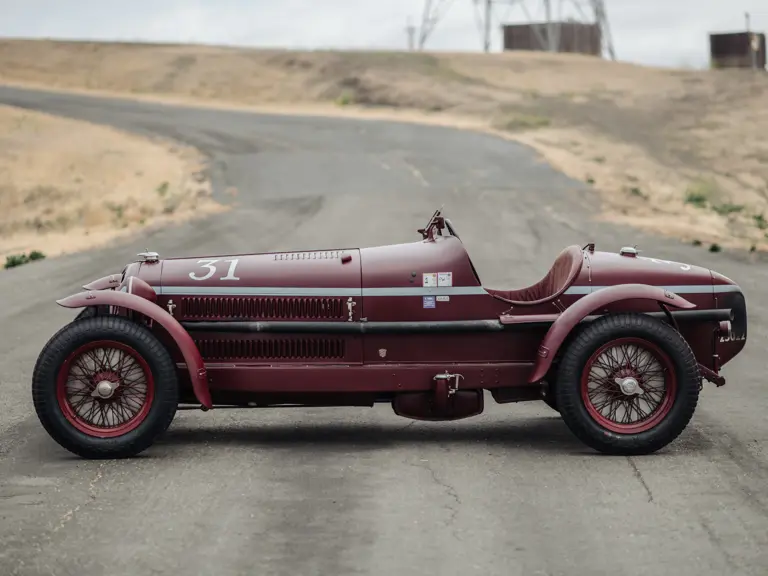
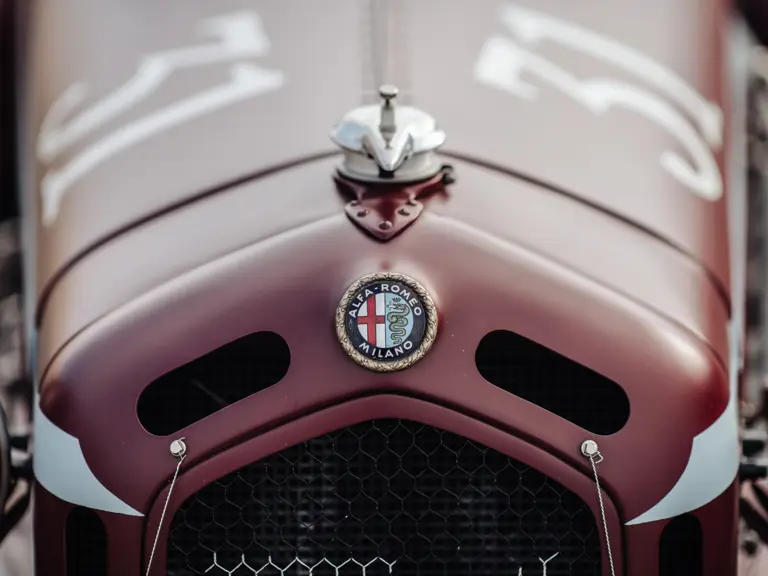

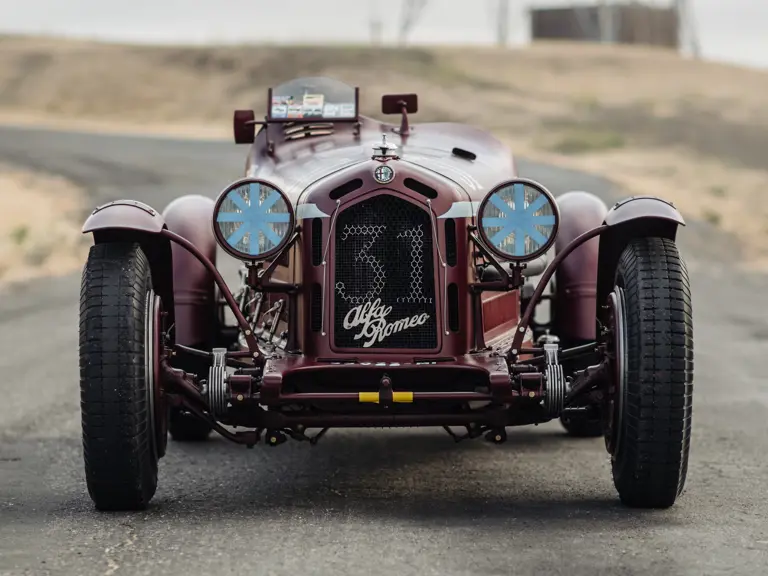
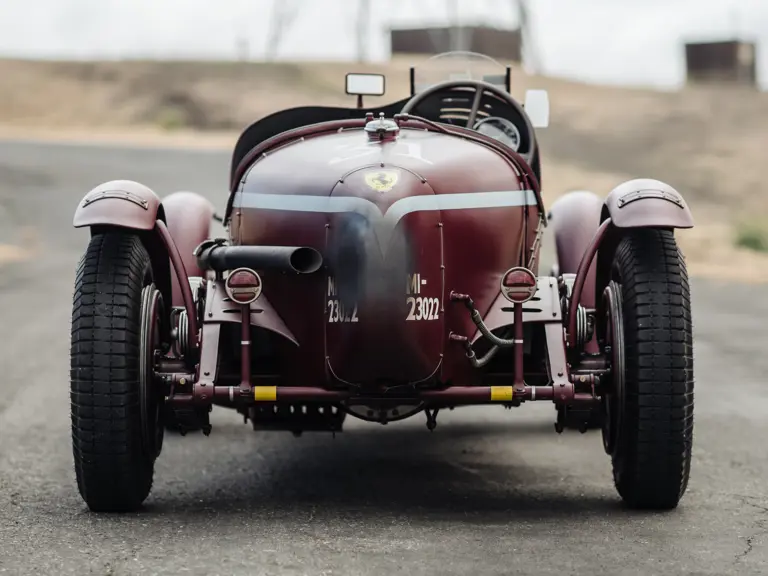

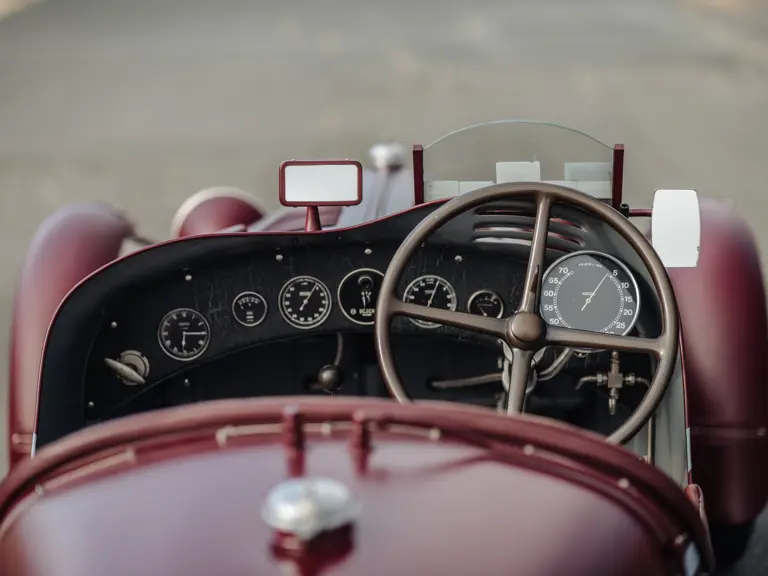
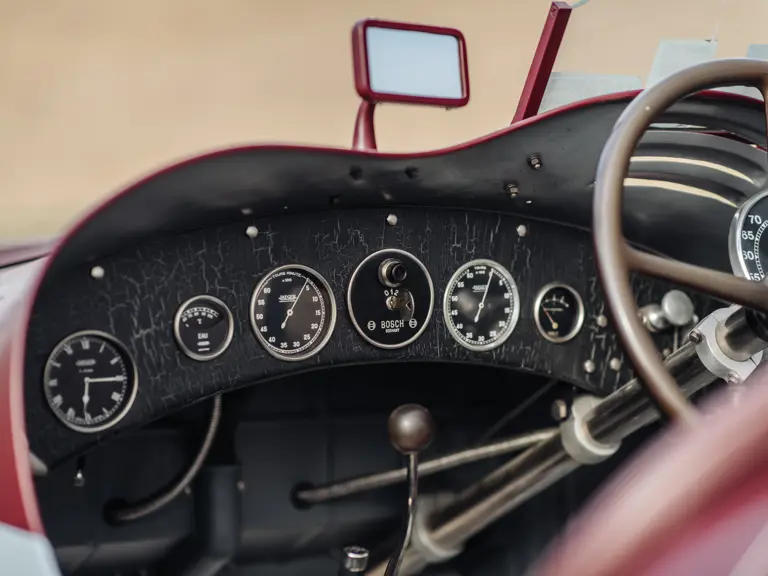
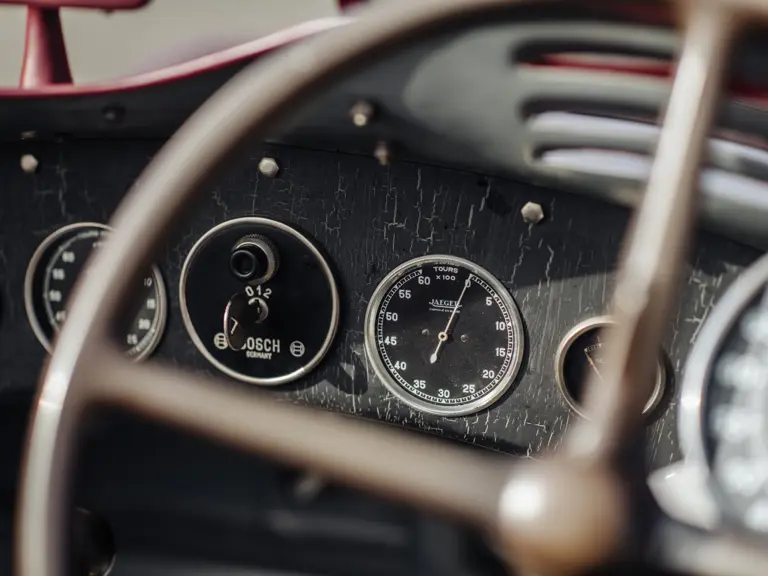

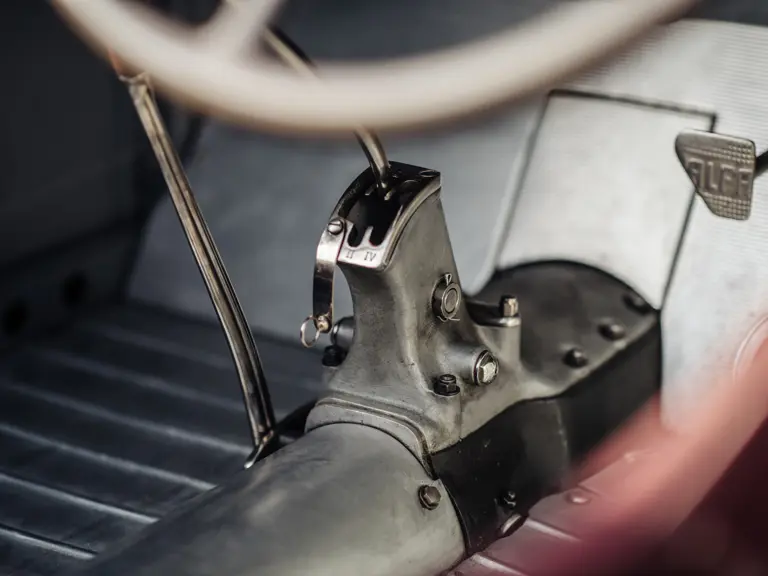
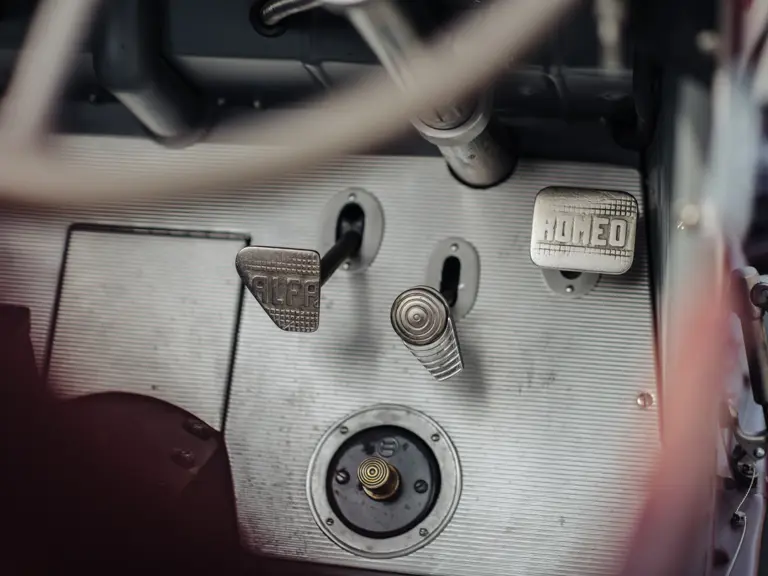
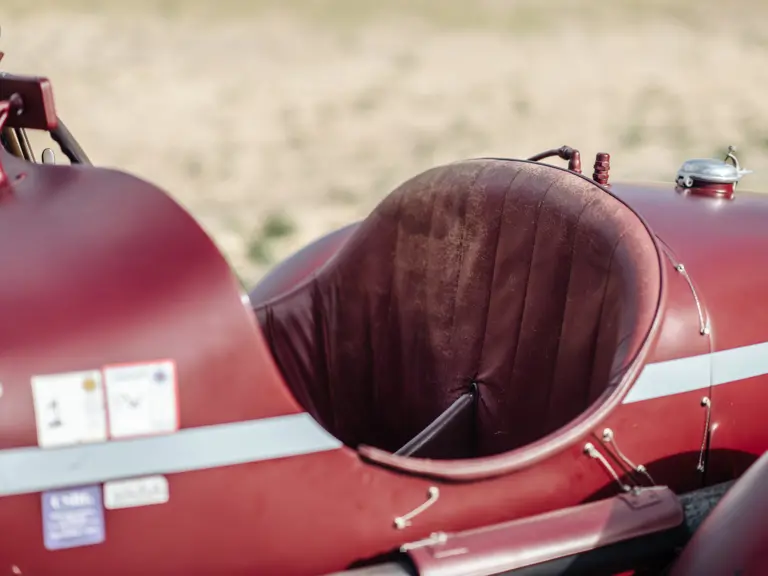
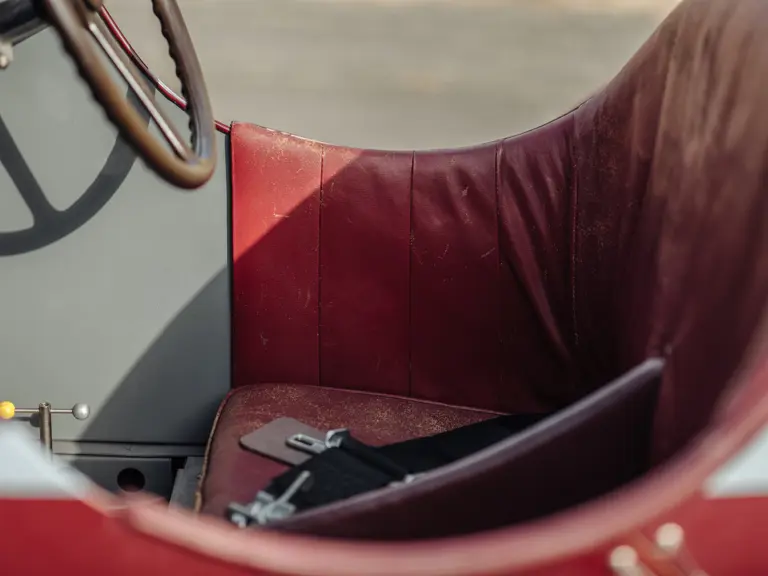



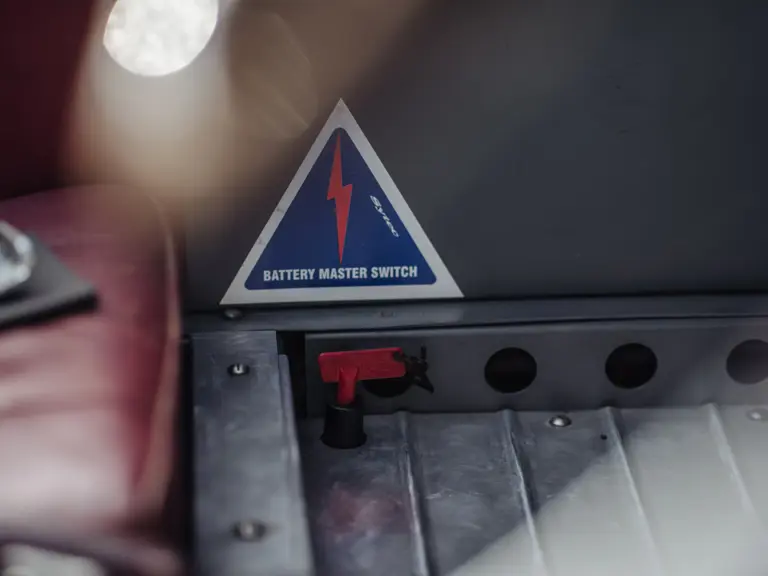
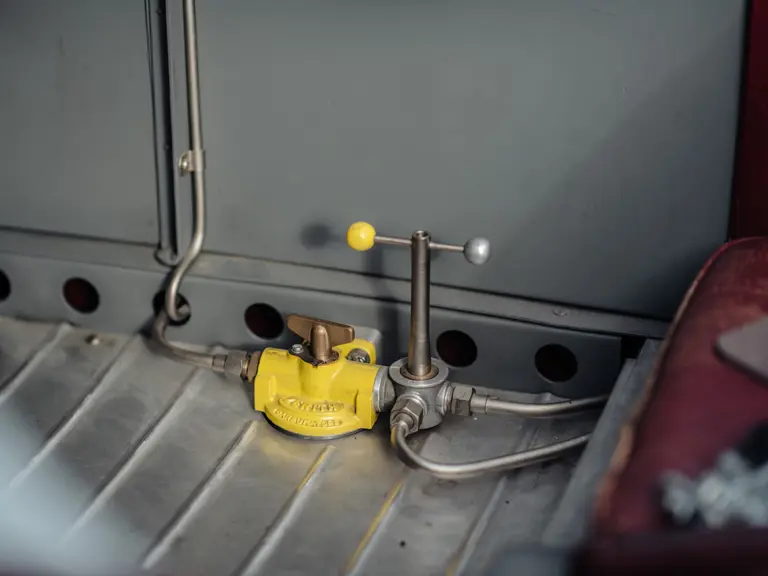


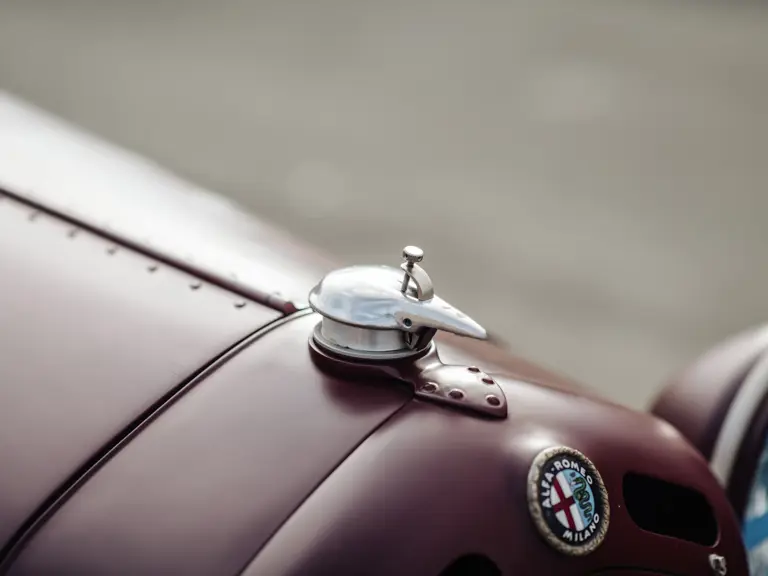
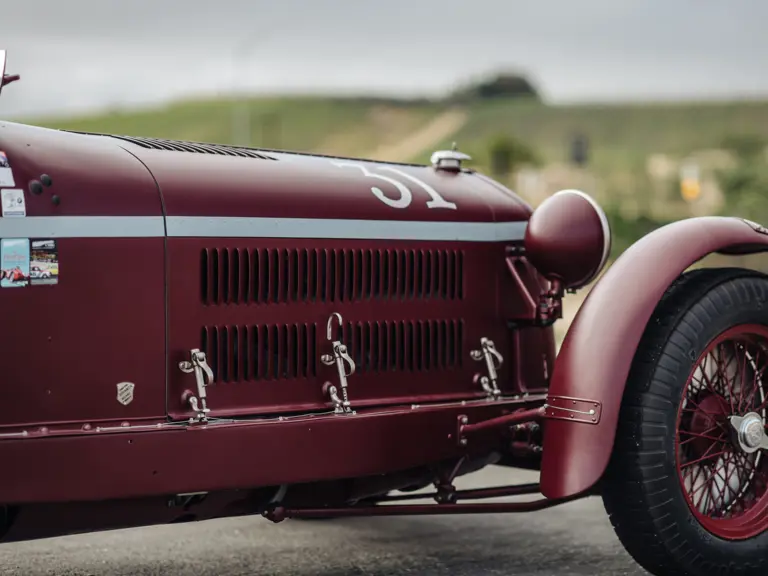

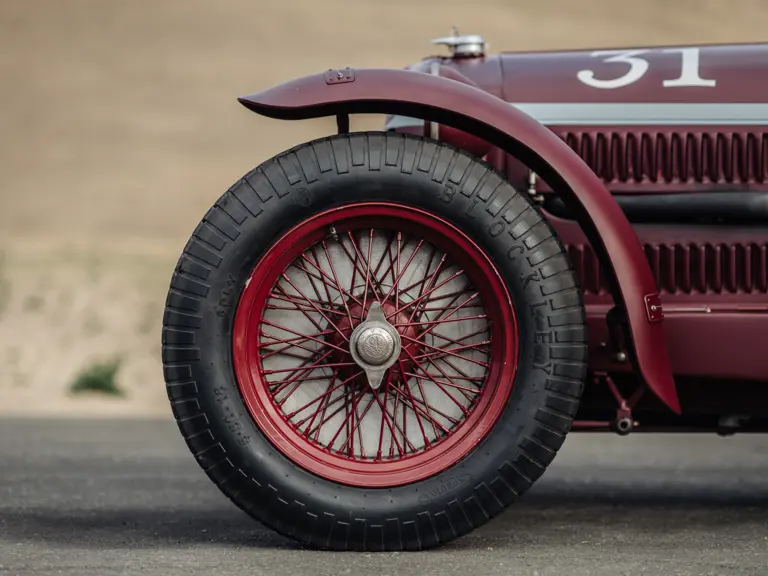

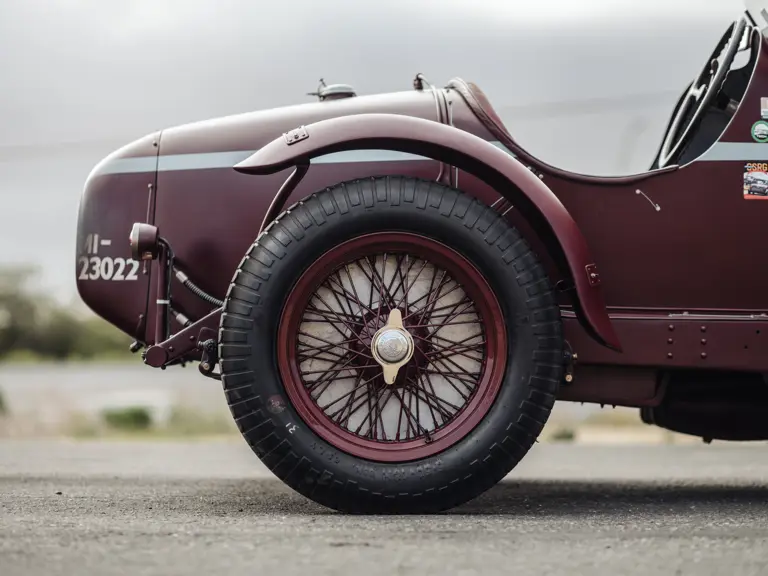
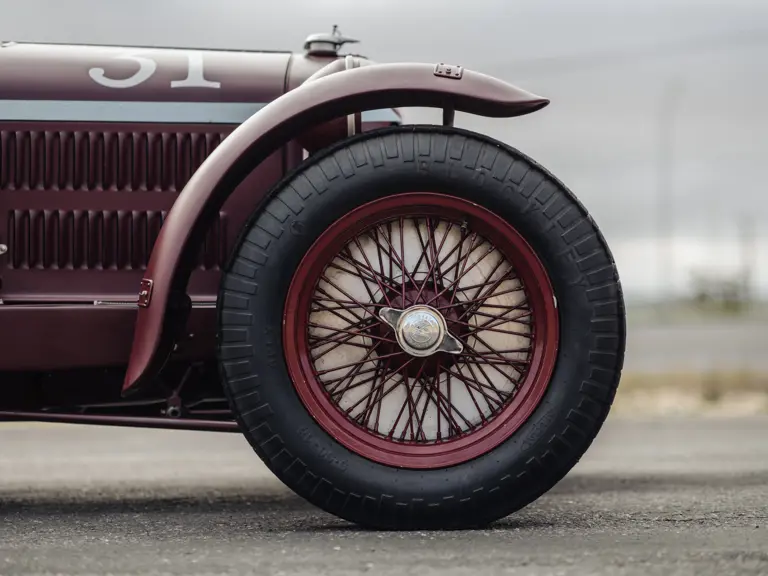
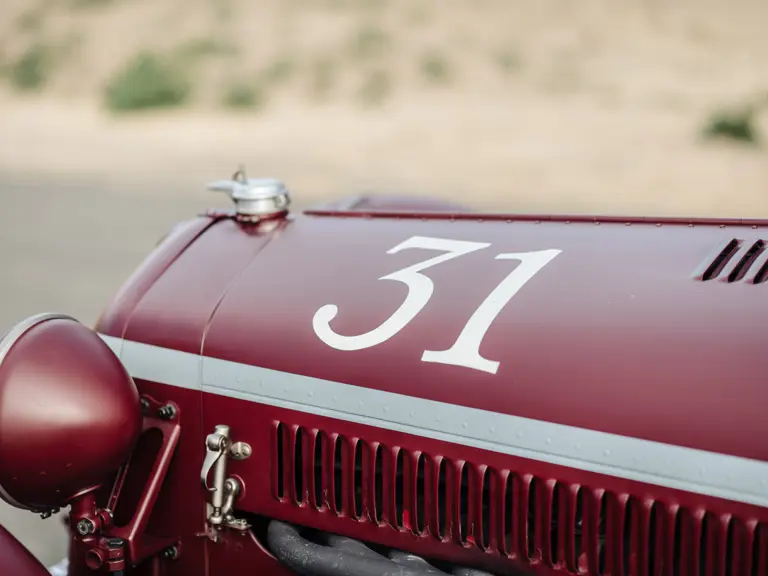

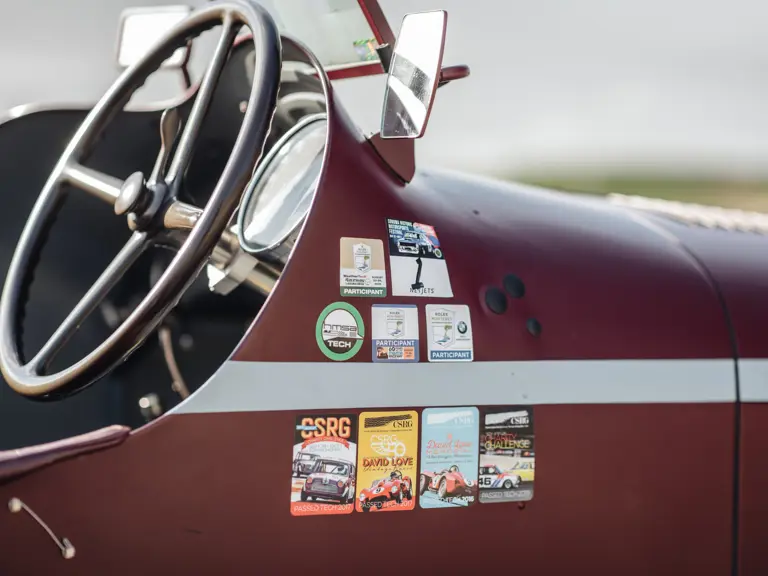
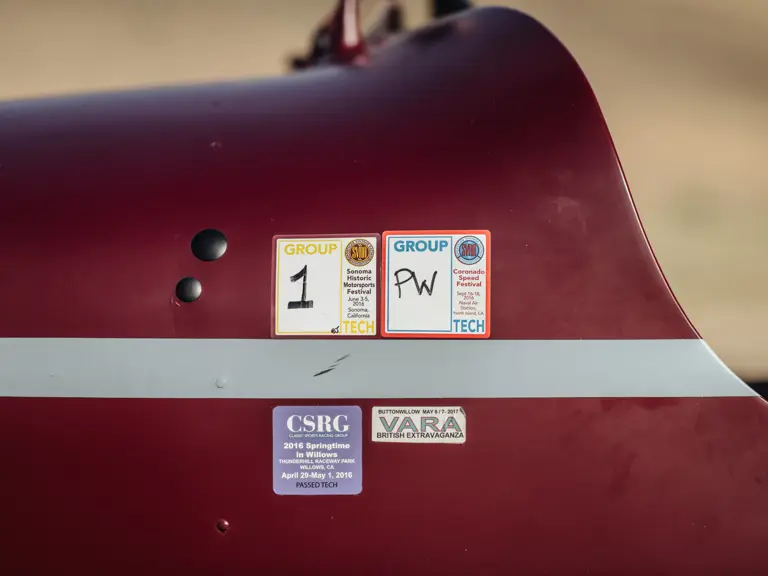

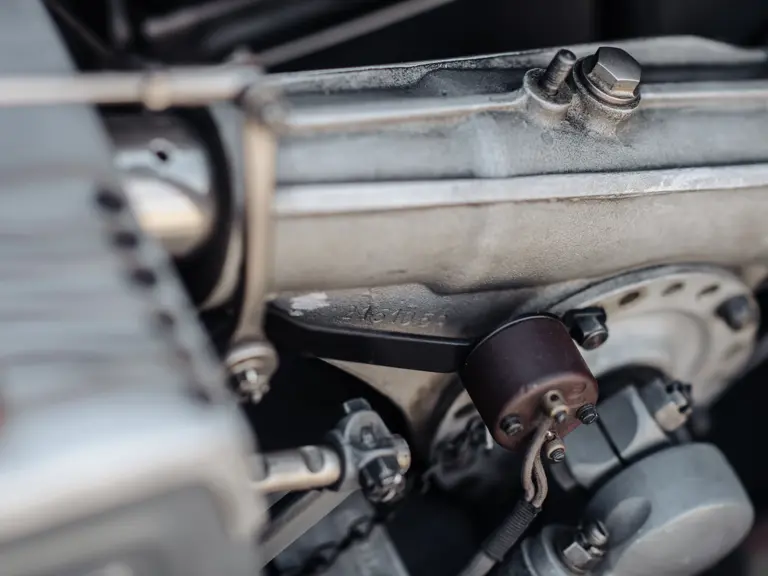
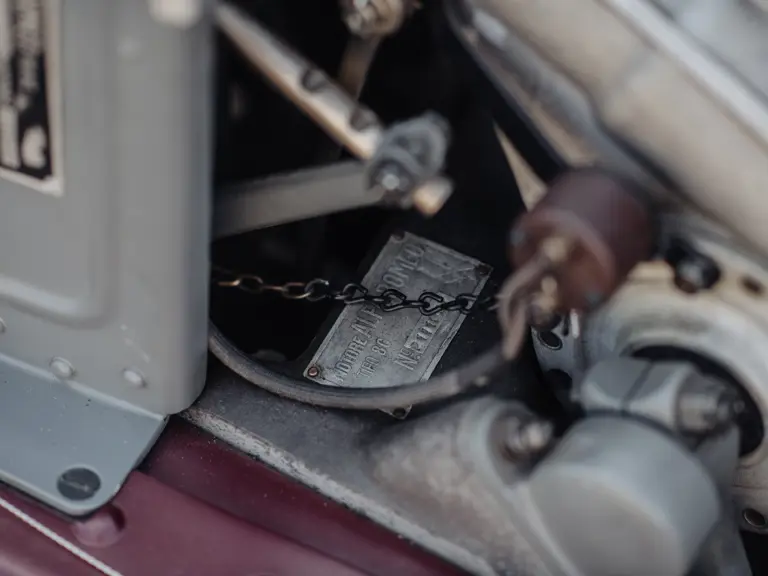

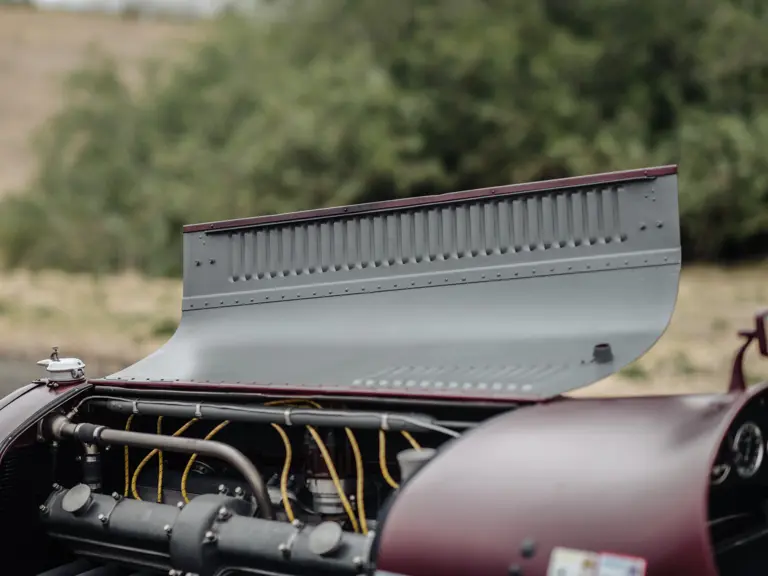
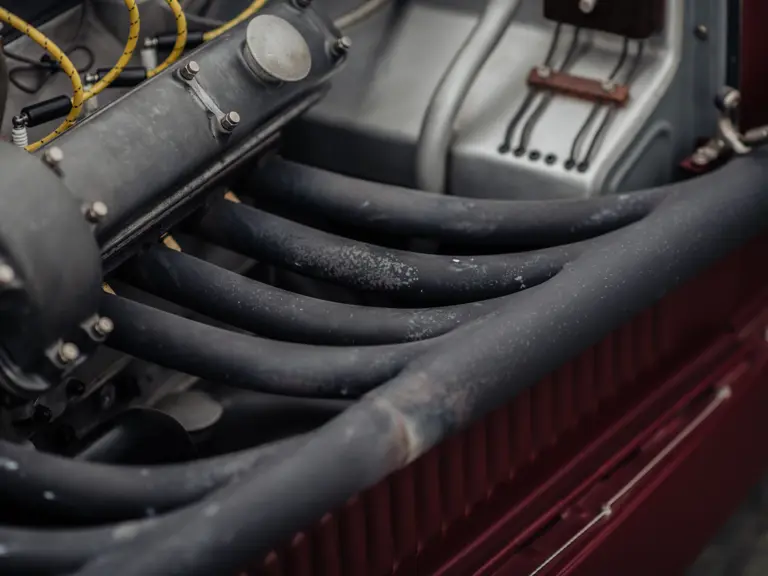

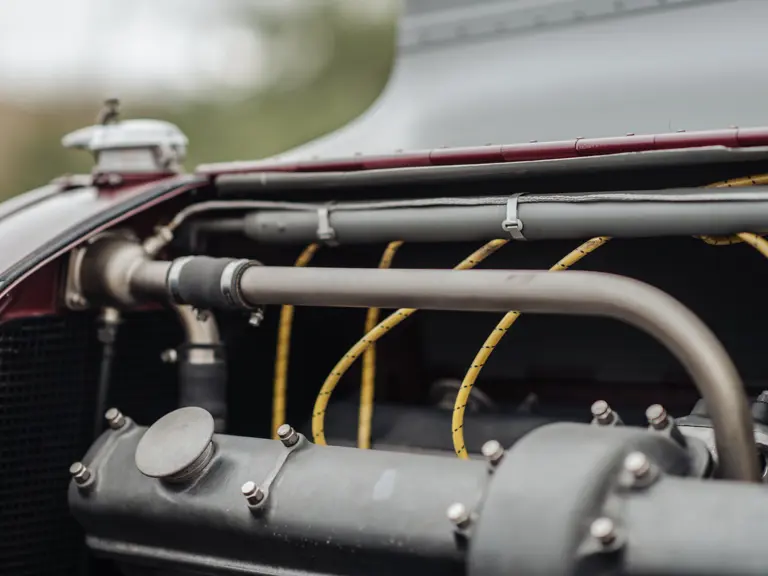

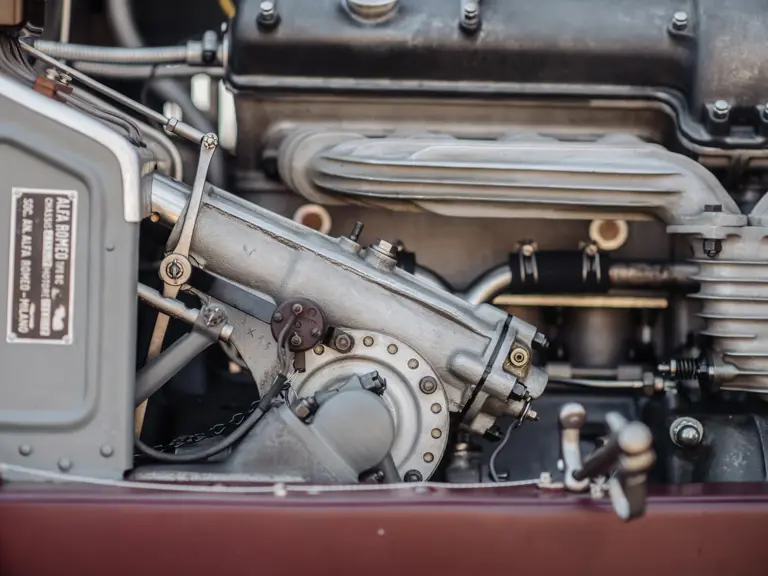
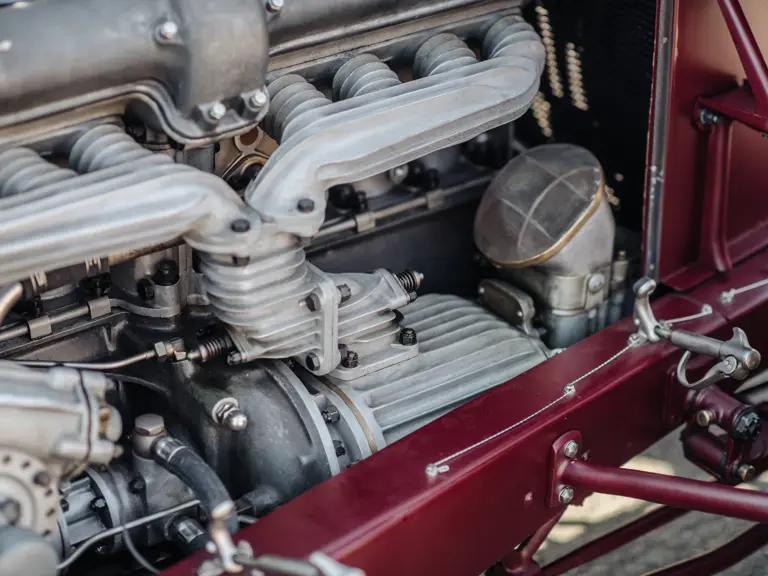


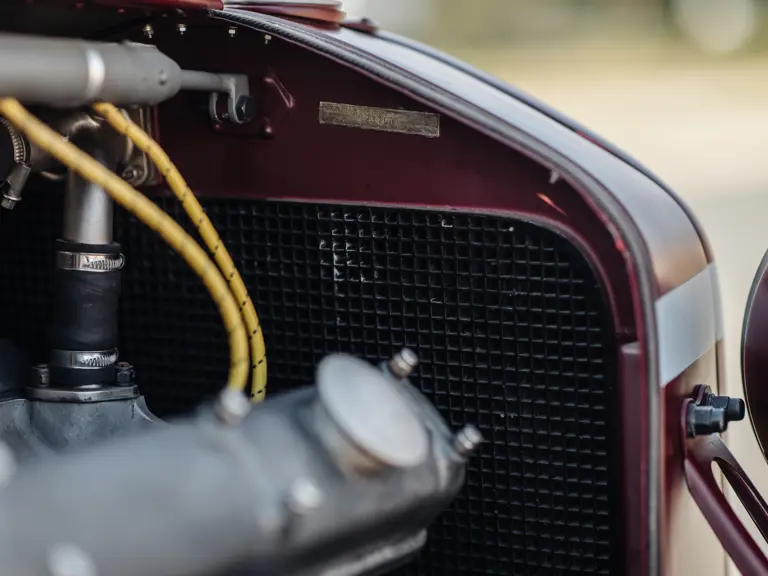

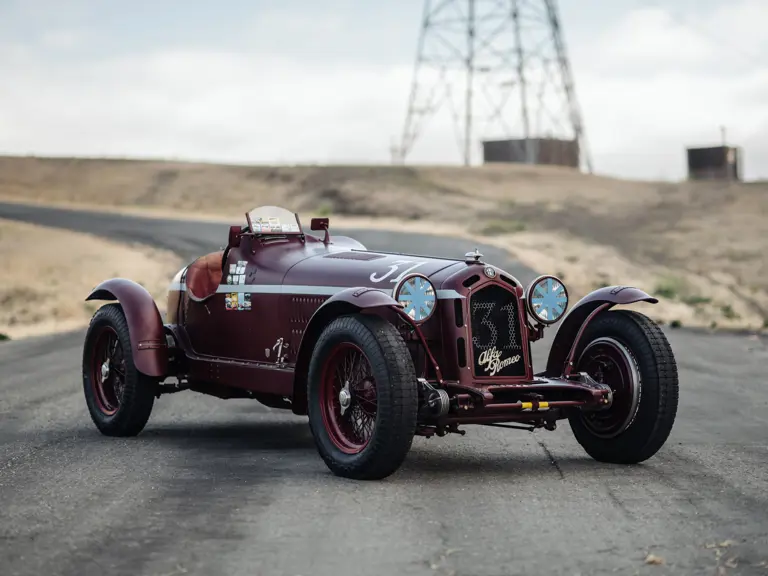
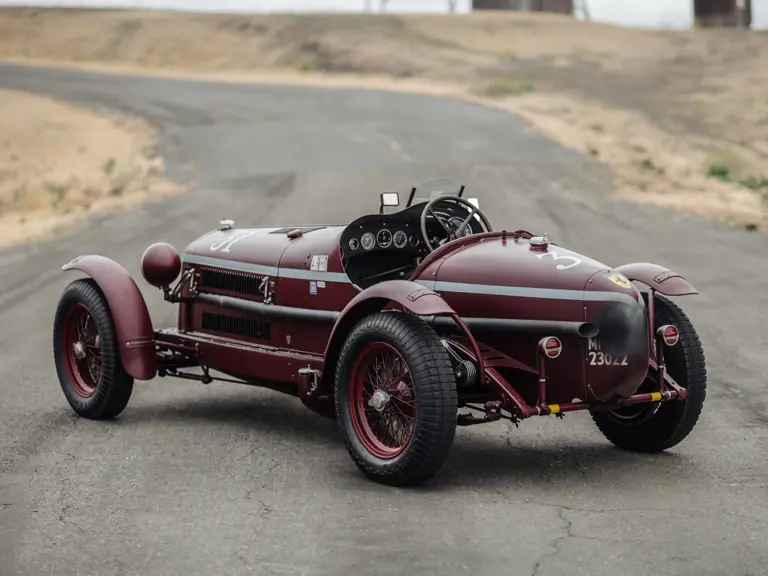


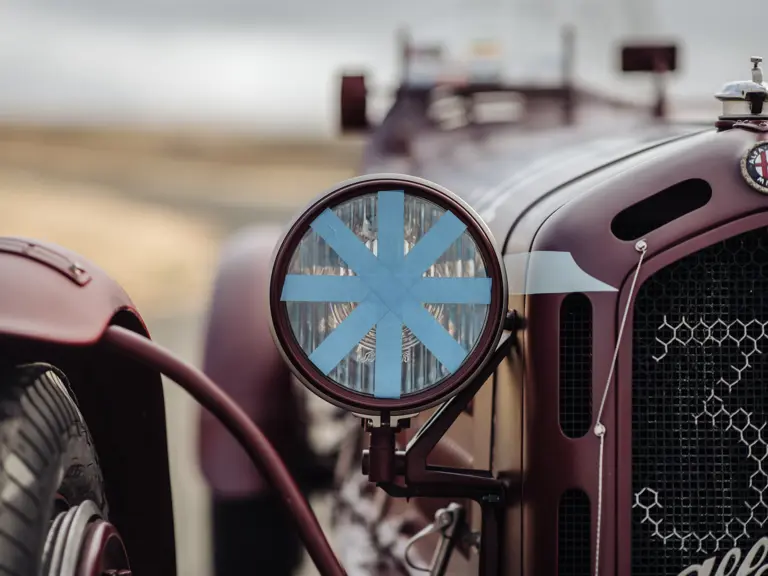
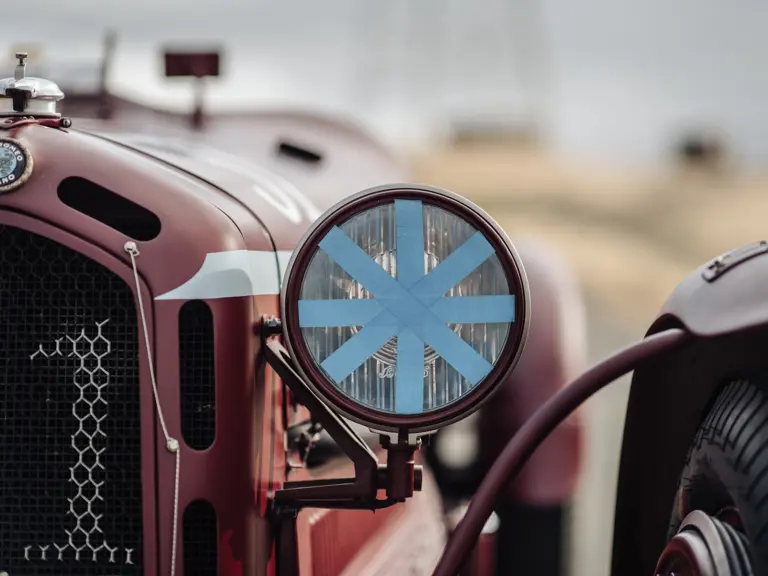
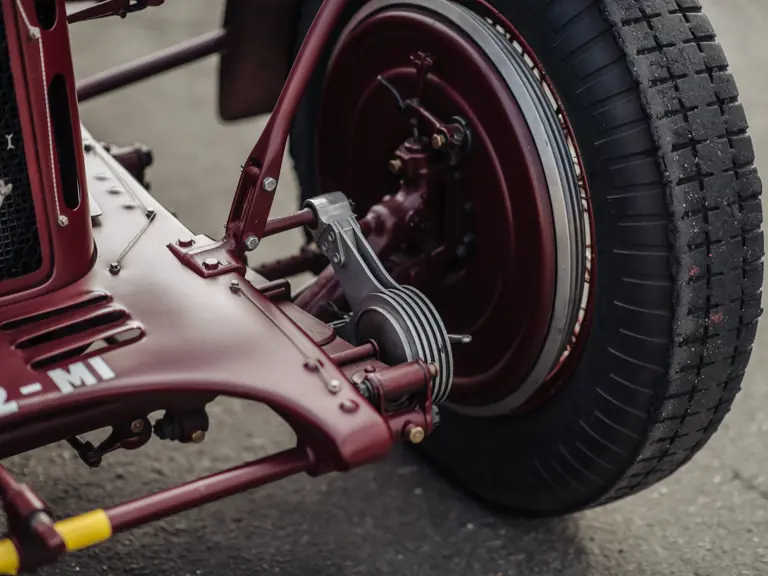





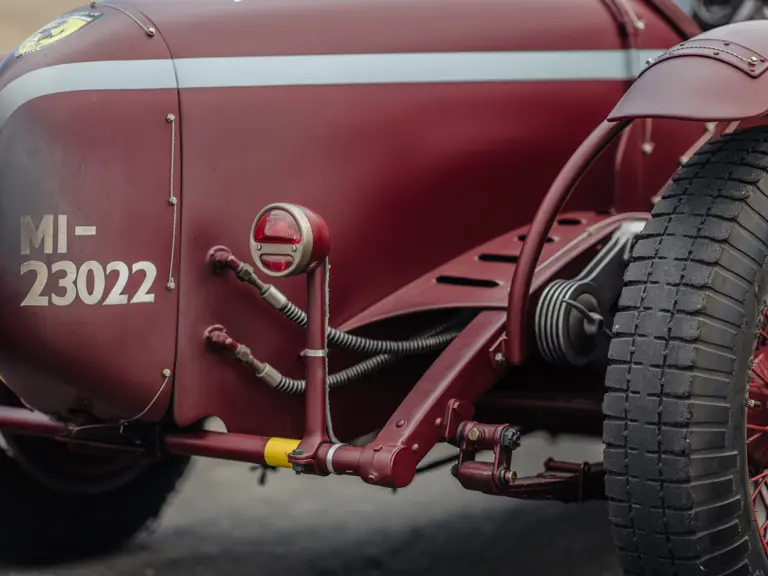
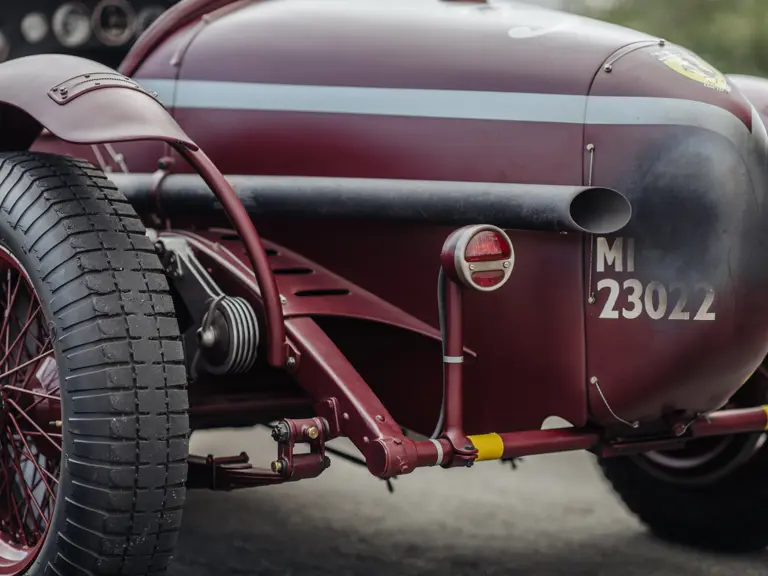
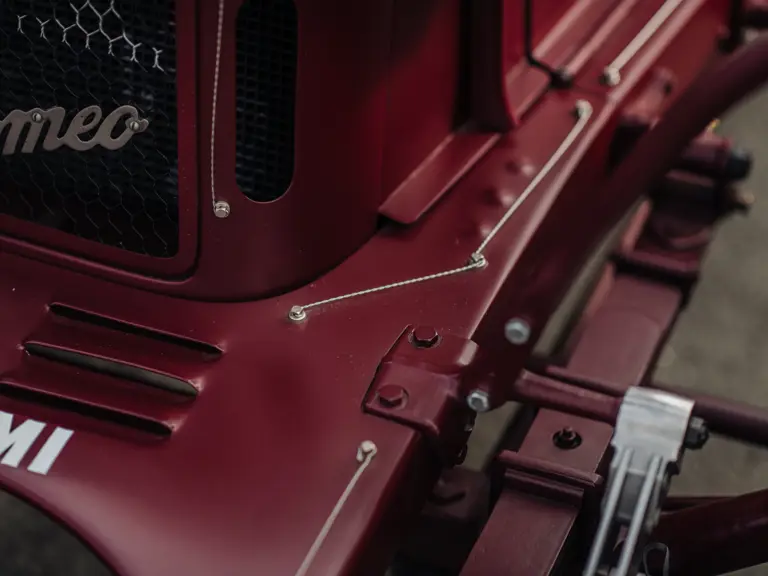
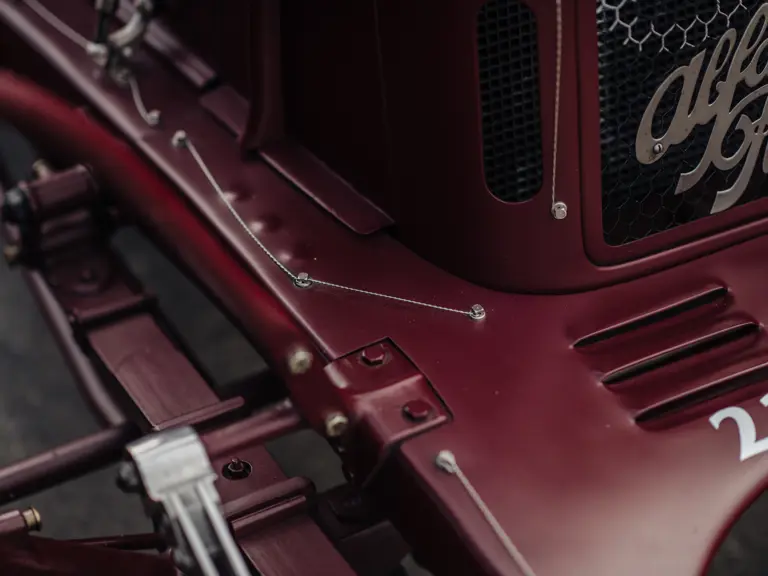
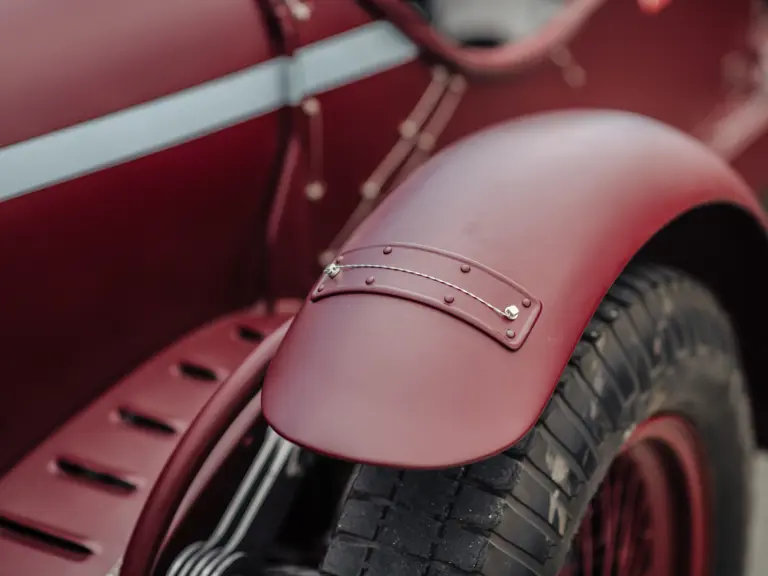
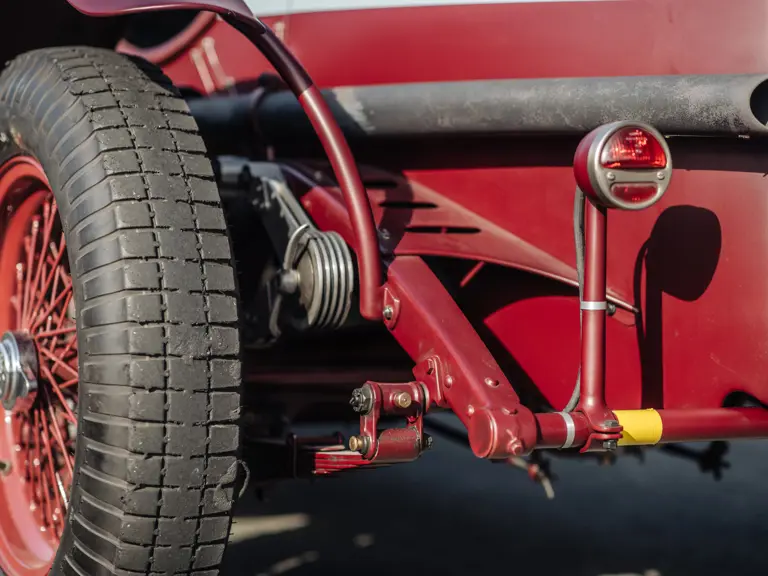

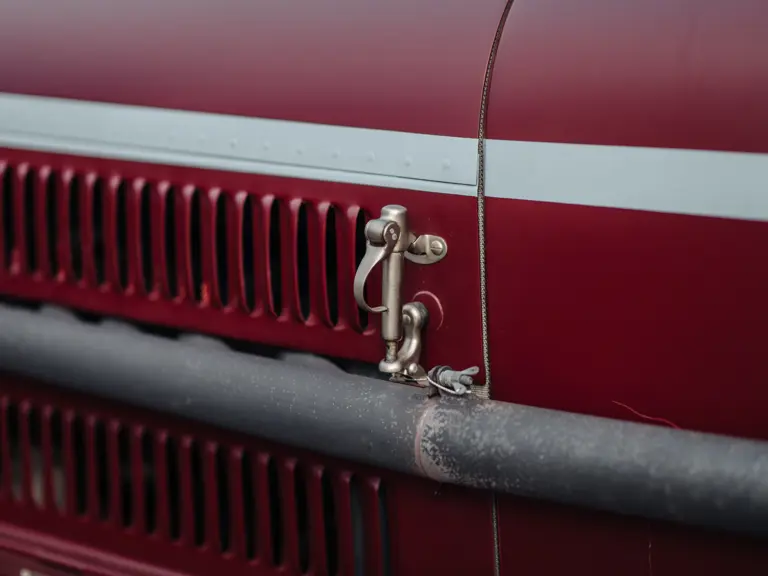


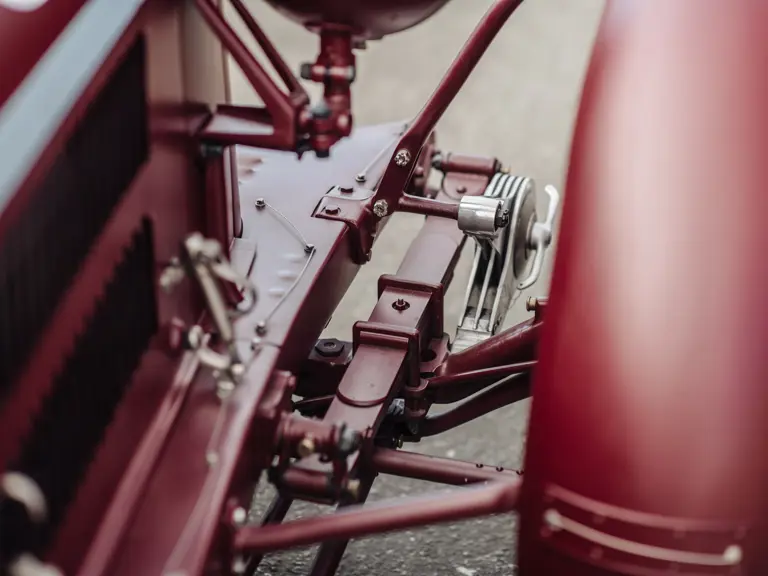

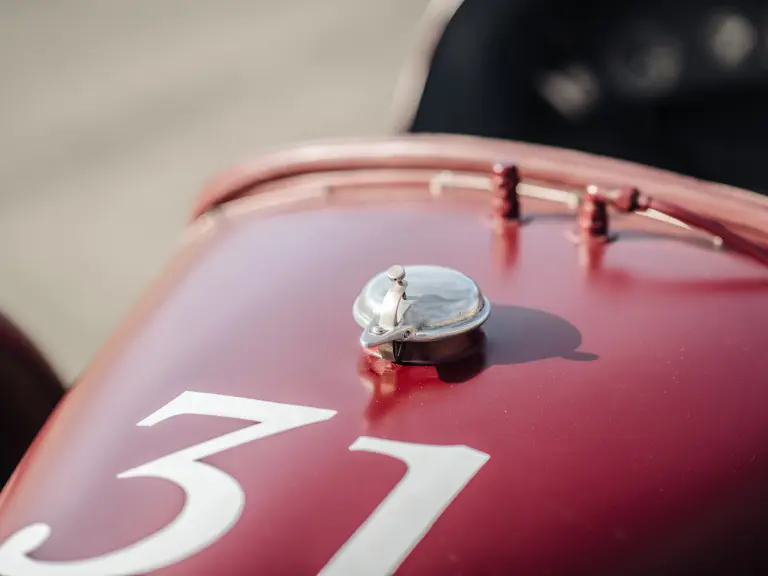
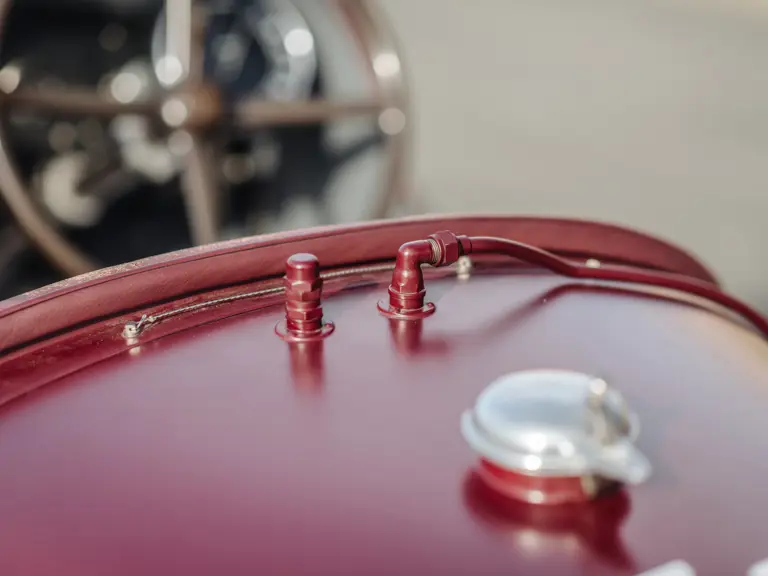
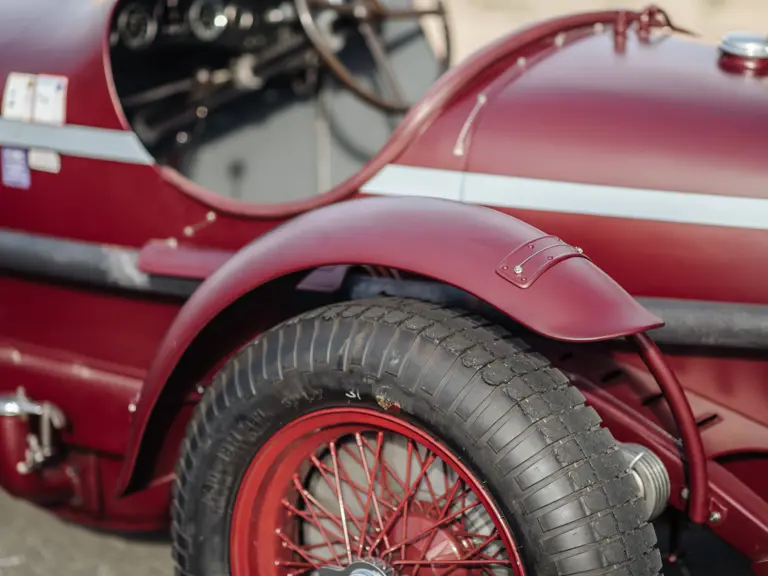


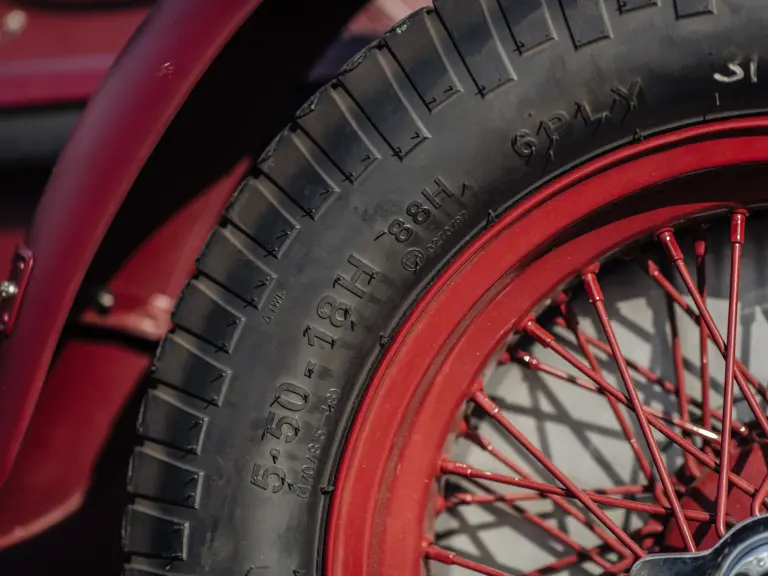
 | Monterey, California
| Monterey, California
